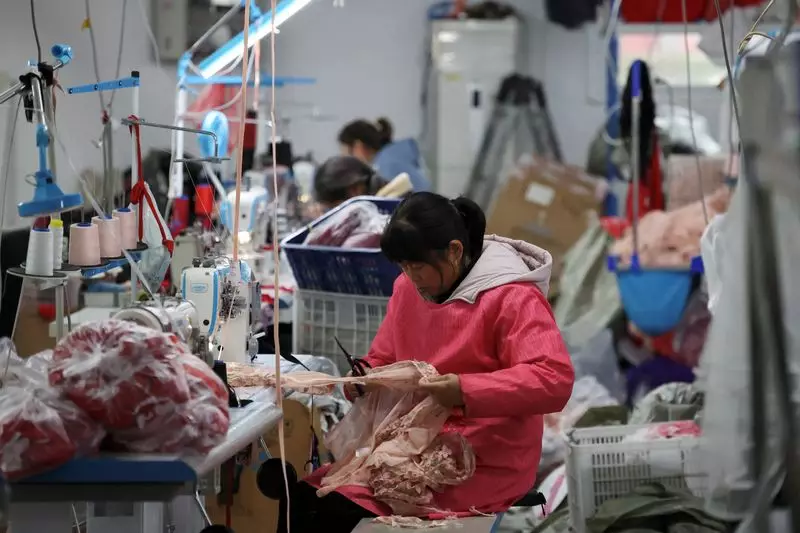The industrial sector in China has faced significant headwinds, as evidenced by the National Bureau of Statistics (NBS) report indicating a decline in profits for the third consecutive year in 2024. This alarming trend signals a need for robust interventions from policymakers, particularly in light of potential tariffs from the incoming Trump administration and ongoing domestic challenges. With an overall decline of 3.3% in earnings for industrial firms, the landscape appears increasingly bleak, especially when compared to a 2.3% dip in 2023.
Despite the overall downturn in profits, December 2024 provided a momentary respite with a reported 11% growth in comparison to the previous year. This followed an unsettling 7.3% decrease in November, exposing the volatility within the industrial market. Such fluctuations suggest a possible end-of-year push by companies to bolster their financial standings amidst looming uncertainties. Nevertheless, the persistent decline in factory-gate prices, now for two years running, continues to undermine both corporate profitability and employee earnings.
China’s economic backdrop is a confluence of factors that have undermined growth. A lackluster property market, weak domestic demand, and fragile business sentiment have prevented a stable, upward trajectory. To mitigate these issues, the Chinese government has rolled out various economic stimulus measures throughout the second half of the year. Among these was the expansion of a consumer goods trade-in program designed to stimulate demand. However, the mixed signals from industrial performance and retail sales reflect an imbalance that continues to complicate the economic recovery.
Impacts of Global Trade Dynamics
Amidst these domestic challenges, global trade dynamics have introduced additional uncertainty. December saw an uptick in exports as factories moved to clear inventory in anticipation of the heightened trade risks under President Trump’s administration. Trump’s immediate proclamation of a potential 10% tariff on Chinese imports has placed businesses in a precarious position, spurring a rush to secure international contracts before new trade barriers can take effect.
When analyzing profits by business classification, state-owned firms suffered a pronounced 4.6% drop, while foreign enterprises recorded a 1.7% decrease. Interestingly, private-sector organizations managed to achieve a modest 0.5% growth in earnings. This divergence underscores the varying levels of resilience and adaptability within different sectors of the industry, indicating that while state-owned enterprises may struggle under the current conditions, private firms are finding ways to navigate the turbulent economic waters.
The continuous decline in industrial profits over the last three years raises critical questions about the sustainability of China’s economic growth model. With external threats from trade policies and internal struggles from a sluggish economy, the Chinese government must devise innovative strategies to rejuvenate industrial performance. Whether through further stimulus or structural reforms, policymakers face an uphill battle in ensuring that the industrial sector can regain its footing on both domestic and global stages.

